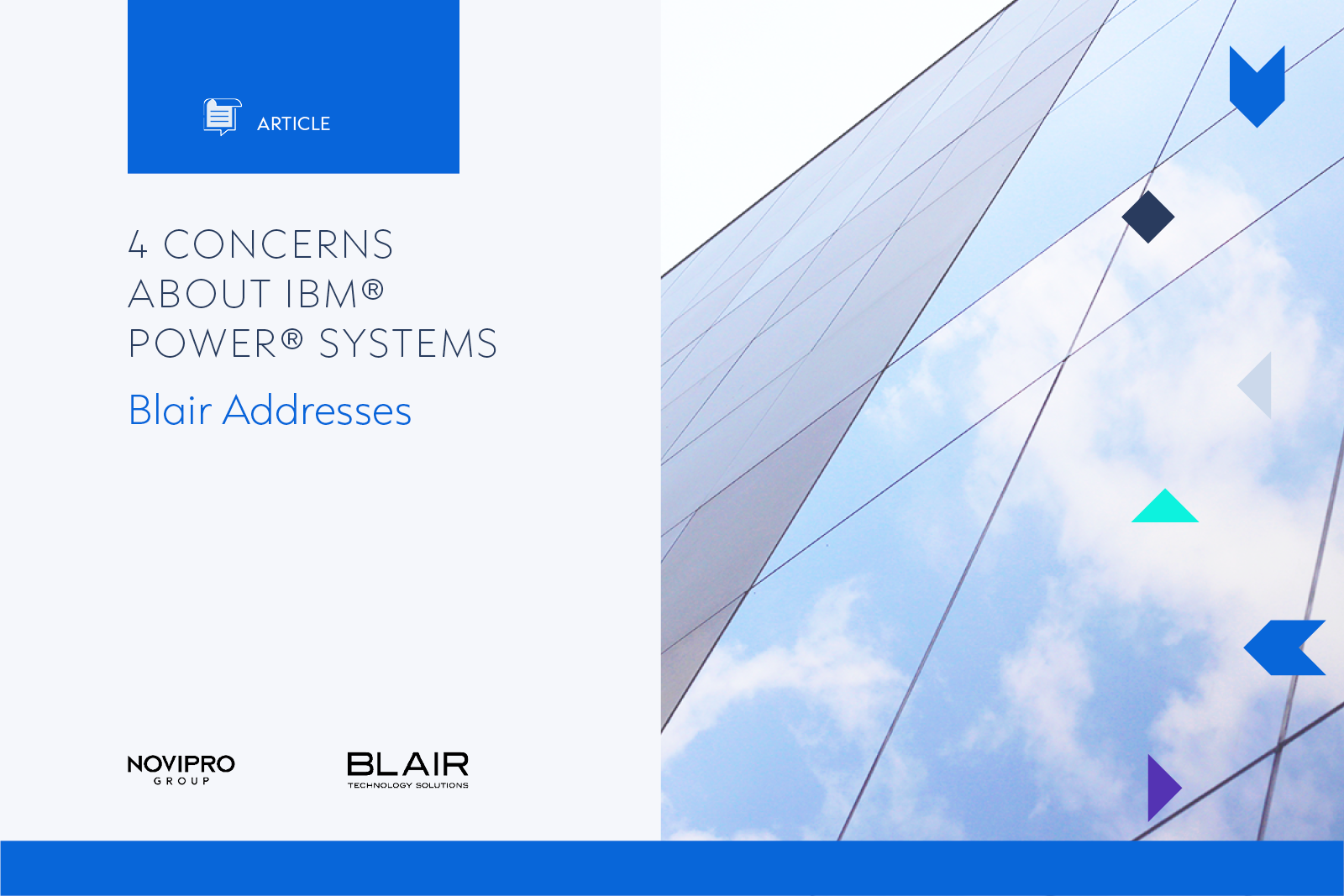Cloud technology has reset the global standard for flexibility, security and growth. According to IDC, 90% of enterprises will embrace integrated, hybrid cloud services, tools and strategies to support new applications and use cases by 2024[i]. For many businesses however, navigating different cloud options and understanding how each option fits in their business plan can be a very daunting task.
Ask yourself these questions:
-
Which is a better option for our IT environment - hosted private cloud or public cloud deployments? How does our short to medium term IT strategy support overall business objectives?
-
Do we have skillset gap after a cloud migration? What changes do we need to make in IT staffing?
-
How to control ‘shadow IT’, or ‘zombie apps’ or workloads that are consuming more resources than the value they are delivering?
If you don’t have any or all the answers, that’s OK. Many businesses are in the same situation due to a lack of granular visibility into their IT infrastructure and are not able to quantify the benefits in cost, agility, speed, and time to market that cloud brings. Others, while aware of the benefits, don’t know where to start - and are unsure of how ready their staff, systems, tools, and processes are for public cloud.
That’s why engaging a cloud Managed Services Provider (MSP) for a cloud assessment makes all the difference. A cloud assessment can determine which workloads are ready to move to the cloud and in what fashion and give you the proper roadmap and guidance to optimizing your cloud journey. Here are 5 steps in a typical cloud assessment and planning process.
1. Assess: Assess all workloads and performance in your IT environment - both physical and virtual, including VMs, historical use data, core network infrastructure, servers, and data centres.
2. Plan: It is common for an application to have connections with other applications and systems. Creating infrastructure maps based on app dependency and performance is therefore very important in understanding the impact of these connections and addressing it before moving any application to the cloud.
3. Visualize: Applications are integrated under three categories: process integration (sharing functions), data integration (sharing data), and presentation integration (sharing user interface). A Cloud assessment and infrastructure mapping looks into application interconnectivity and dependencies and can therefore provide better insight into application grouping.
4. Prepare: Prioritize applications based on their “cloud readiness” metric and how mission-critical they are to your business. Determine migration path and address any security or privacy issues.
5. Estimate: Estimate Total Cost of Ownership (TCO) of running applications on-premises vs. in the cloud with accurate inputs on labour, infrastructure, tools, training etc.
A cloud MSP should be a true partner with a deep understanding of your business and technology goals. Book your Cloud Assessment with us to make your cloud journey more effective.









